All Images: Shutterstock
A Net-Zero Energy Building
A net-zero energy building is one that produces enough energy to match or exceed its consumption.
In theory, any building can achieve this with a renewable generation system of enough capacity, but this is not the most efficient approach. The energy consumption of the building should be minimized first, reducing the generation capacity required to reach net-zero operation.
Space heating and air conditioning equipment normally have the highest energy consumption among building systems. A net-zero energy building must be designed to have minimal heating and cooling needs. Otherwise it will require plenty of generation to compensate for these loads.
A net-zero energy building can use electricity from the grid, as long as it provides enough energy to compensate. For example, this would apply for a building that uses electricity during the day and night, but only generates power with a photovoltaic array during the day. In other words, the building is a net producer during daytime, and a net consumer during the night.
Minimizing the Energy Needs of a Building
There are several factors that influence the energy requirements of a building. Heating and cooling needs increase along with floor area and the number of occupants. Also, some types of equipment increase ventilation and cooling needs. These factors cannot be changed, since they depend on the building’s intended purpose.
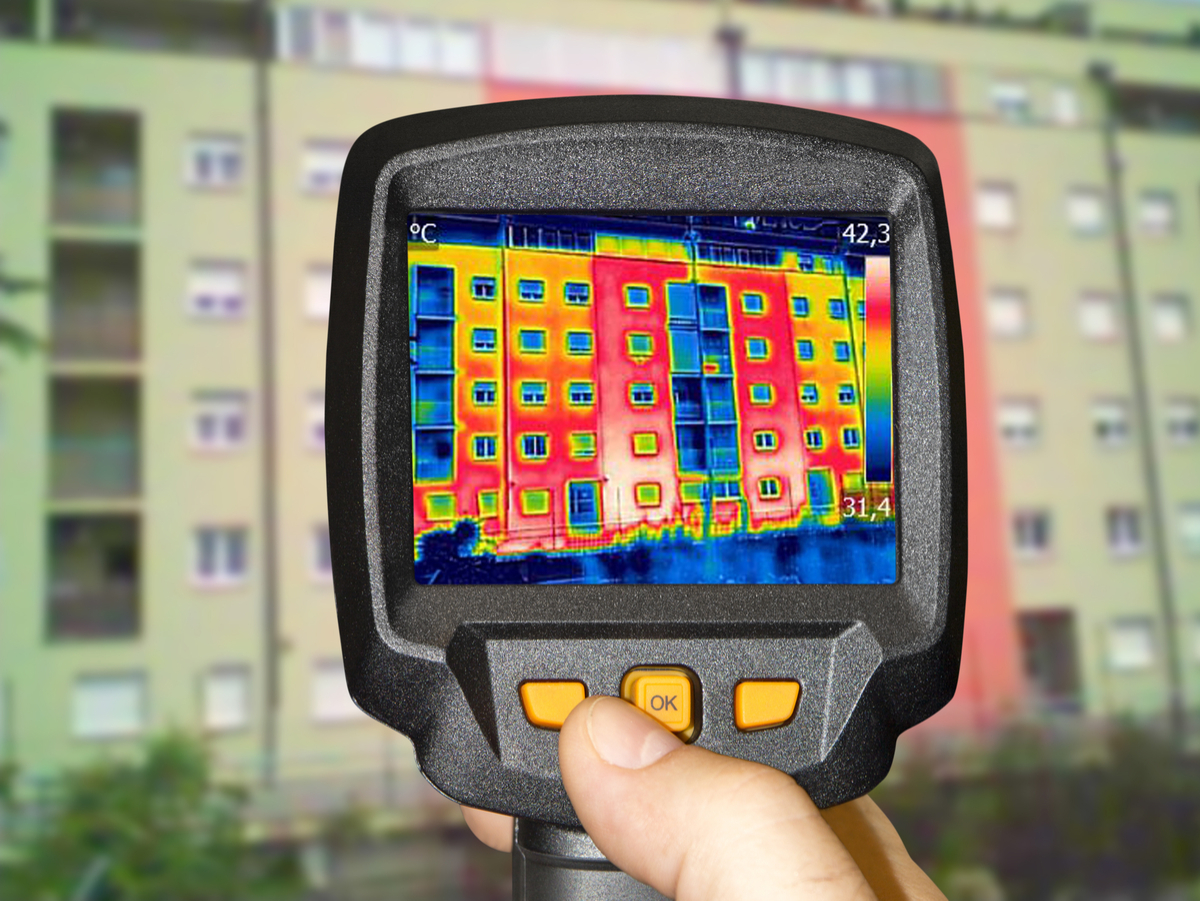
Another important factor that influences heating and cooling needs in buildings is the thermal envelope. A high-performance building envelope reduces heat movement in both directions, both into and out of the property. This lowers the workload on space heating equipment during winter, and air conditioning systems during summer. There are several ways to improve a building envelope:
- Adequate insulation should be applied on all walls and the roof. The bottom floor or basement in contact with the ground should also be properly insulated.
- A green roof provides an additional barrier against heat gain and heat loss. (Publisher’s Note: See Chris Wark’s 7-part Energy Series “Cooler than Cool Roofs: How Heat Doesn’t Move through a Green Roof.”)
- Energy efficient windows with triple-pane glass and a low-emissivity coating are recommended. The best windows available can reduce heat transfer by over 80%, compared with uncoated single-pane glass.
- Having an airtight construction, since air leaks cause heat gain and heat loss.
The main challenge when improving the building envelope is finding deficiencies that are normally invisible. Poorly insulated spots and air leaks are not evident with a visual inspection, but energy consultants can detect building envelope issues with thermal imaging and other methods.
Once the building envelope has been optimized, the next step is installing appliances and equipment with a high nameplate efficiency. These can meet the needs of the building and its occupants, with the lowest possible energy consumption.
Importance of Energy Efficiency in Net-Zero Buildings
A high-performance building envelope minimize the heating and cooling needs, but the equipment to accomplish these functions is still required. To keep the energy footprint of the building as low as possible, HVAC equipment must have an optimal capacity and a high nameplate efficiency.
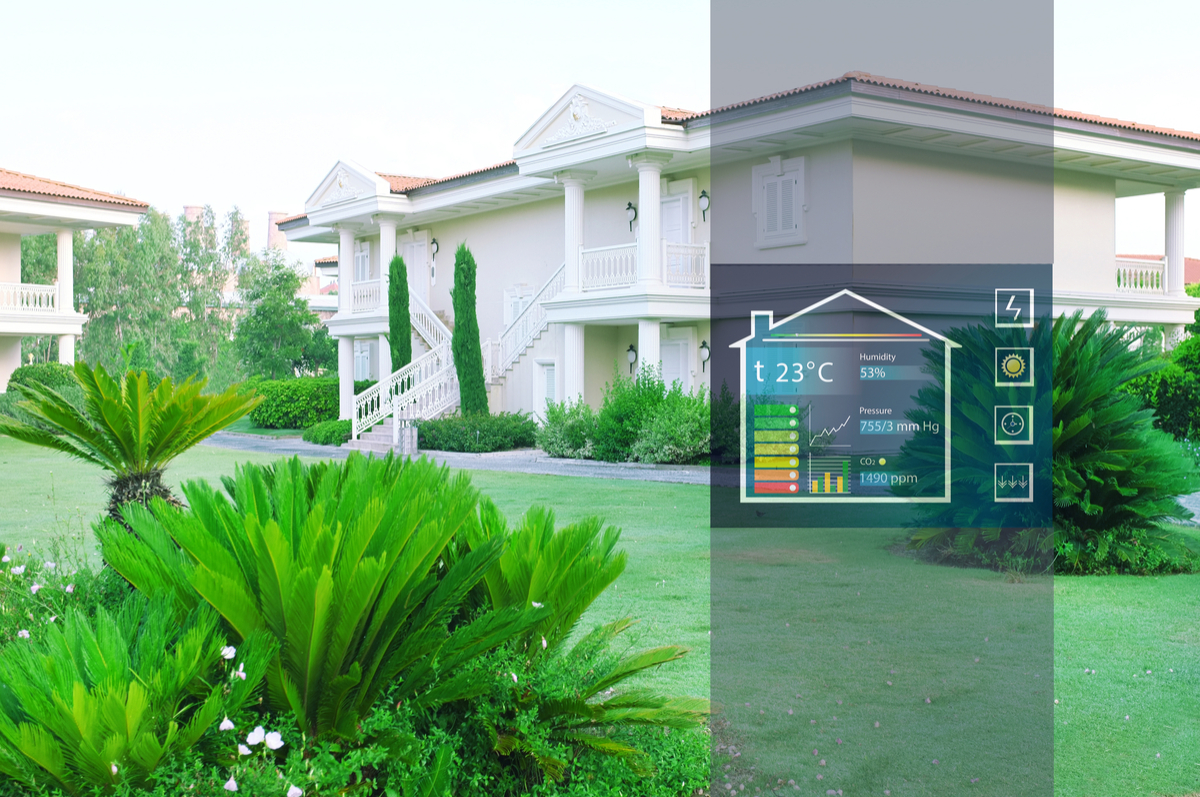
Heating and cooling equipment is characterized by the variety of options available, and the best system configuration changes depending on building needs. However, there is a common denominator: a higher nameplate efficiency results in reduced energy consumption and lower operating costs. HVAC engineers can select the best equipment for you, but getting familiarized with the different efficiency ratings is important:
- The Seasonal Energy Efficiency Ratio (SEER) is used in small equipment such as mini-split air conditioners and air-source heat pumps in cooling mode.
- When heat pumps enter heating mode, their efficiency is described by the Heating Seasonal Performance Factor (HSPF).
- Ground-source or geothermal heat pumps use the coefficient of performance (COP). This efficiency metric is also valid for other types of equipment.
- Combustion-based systems such as boilers and furnaces use the Annual Fuel Utilization Efficiency (AFUE).
- Large units such as chillers and variable refrigerant flow systems use the Integrated Energy Efficiency Ratio (IEER), which accounts for their variable loading profile.
An energy recovery ventilation system, or ERV, can achieve synergy with both heating and cooling equipment. It exchanges heat and humidity between the outdoor air supply and the exhaust air, to minimize the load on HVAC equipment. During winter, an ERV system uses heat from the exhaust air to preheat the outdoor air supply, and the opposite process is carried out during summer.
Heating and cooling normally account for over 50% of energy consumption in homes and commercial buildings. Therefore, energy efficiency measures that target these installations are strongly recommended. However, LED lighting also provides an excellent opportunity to save energy. LED products typically offer energy savings in the range of 30% to 90%, depending on the lamp types being replaced. They also have a much longer service life than conventional lighting products.
Using Renewable Generation to Reach Net-Zero Operation
A building with a high-performance envelope and energy efficient equipment has the lowest energy footprint possible for its floor area. However, the building is still a net consumer of energy; it cannot be considered net-zero regardless of its high efficiency. Once the building reaches its lowest possible energy consumption, the next step is offsetting that energy footprint with renewable generation.
Solar power is a common alternative for homes and businesses, since the technology adapts to a wide range of building types and operating conditions. Photovoltaic arrays are modular, allowing systems to be scaled from a few kilowatts to hundreds of megawatts. Solar power systems also have simple maintenance needs and a service life of over two decades.
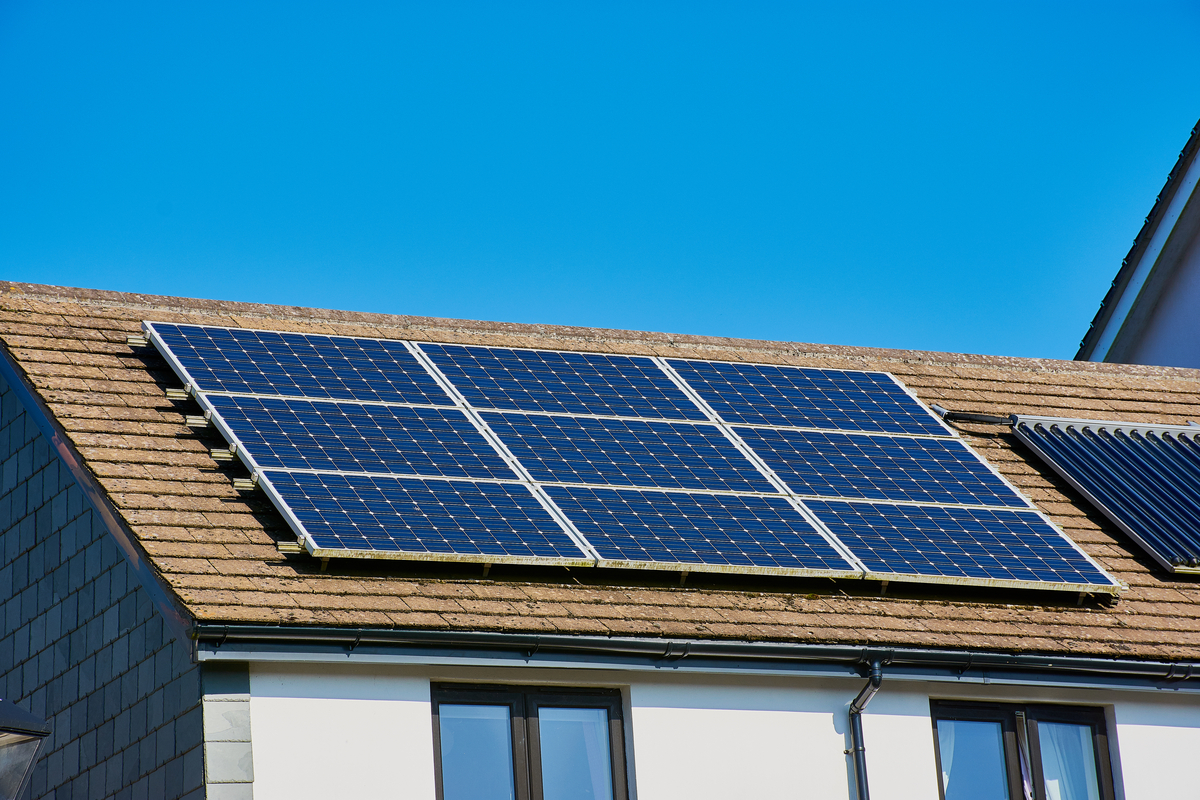
Depending on local conditions, other renewable generation systems may be viable. Consider the following scenarios:
- Favorable wind conditions may allow the use of a wind turbine. In general, one large turbine is better than several small ones – the cost per kilowatt is reduced and productivity is higher.
- Biomass can be a viable power source in buildings with access to large amounts of organic waste.
- Hydroelectricity can be viable if a property happens to have a creek flowing through.
The advantage of focusing on energy efficiency first is reaching net-zero operation with less renewable generation on site.
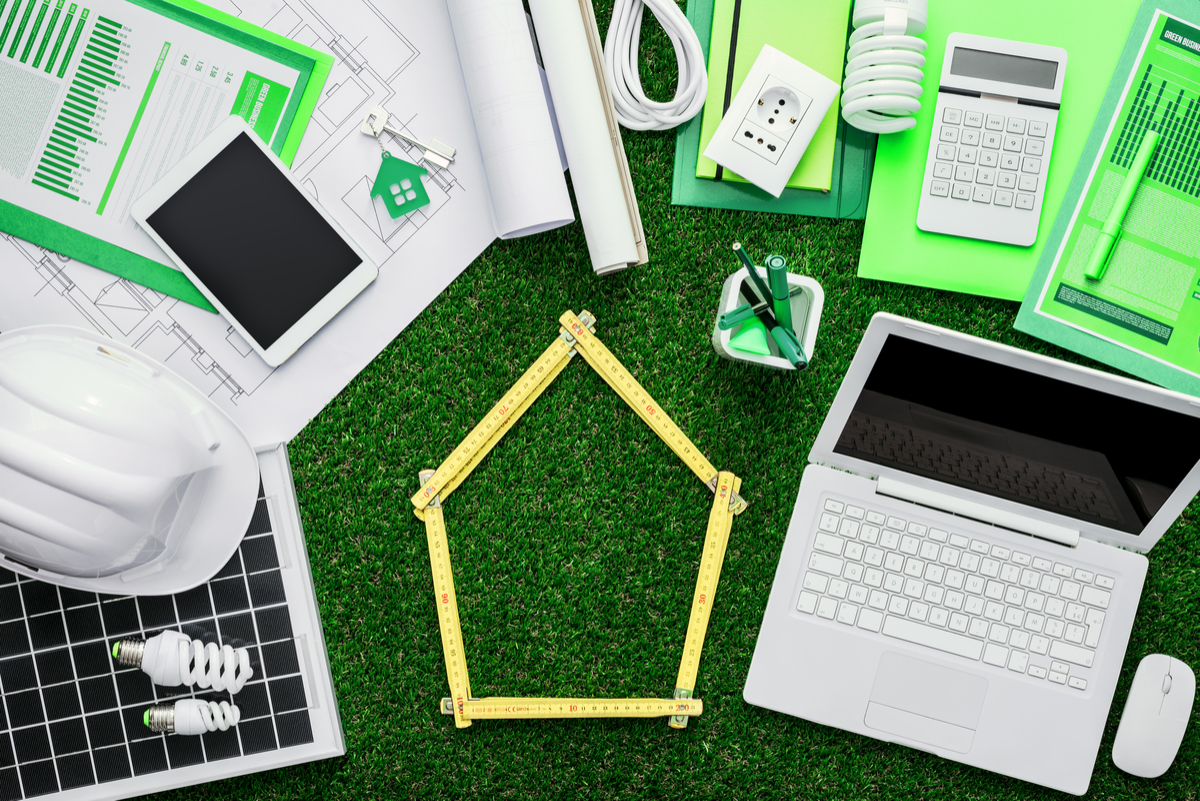
For example, a home that consumes 1,000 kWh of electricity per month requires twice as much solar generation to match its consumption, compared with a home that only uses 500 kWh per month.
~ Michael Tobias, PE, LEED AP, CEM

Michael Tobias, PE, LEED AP, CEM
Michael Tobias is the founder and principal of Chicago Engineers, an Inc 5000 Fastest Growing Company in America. He leads a team of 30+ mechanical, electrical, plumbing, and fire protection engineers from the company headquarters in New York City, and has led over 1,000 projects in Chicago, New York, New Jersey, Pennsylvania, Connecticut, Florida, Maryland and California, as well as Singapore and Malaysia.
He is a graduate of Georgia Tech class of 2004, with a Bachelors of Mechanical Engineering with honors. His innovative approach to MEP engineering comes from graduating GE’s Engineering Leadership Program, where he designed wind turbines and biofuel power plant engines. Michael’s passion within design is energy efficiency and green technology. His focus is on integrating MEP/FP engineering design with architecture to create as seamless a system as possible. He is an advocate for green design and technologies, and has designed to both Passive House and Net 0 energy standards. He has spoken numerous times at the AIA, been featured in Georgia Tech’s Alumni magazine, and is an engineering expert on Discovery Channel’s show “Impossible Engineering.”
A New York native, Michael grew up in Rockville Centre, Long Island. He currently lives in Brooklyn with his wife and children. Outside of work, he enjoys exploring the outdoors, whether it’s on a bike, a pair of skis, or a surfboard. He is passionate about growing personally and professionally every day, and about doing innovative work in the engineering world to help disrupt the traditional construction industry.
Contact Michael at: michaeltobias@ny-engineers.com.
 Greenroofs.comConnecting the Planet + Living Architecture
Greenroofs.comConnecting the Planet + Living Architecture
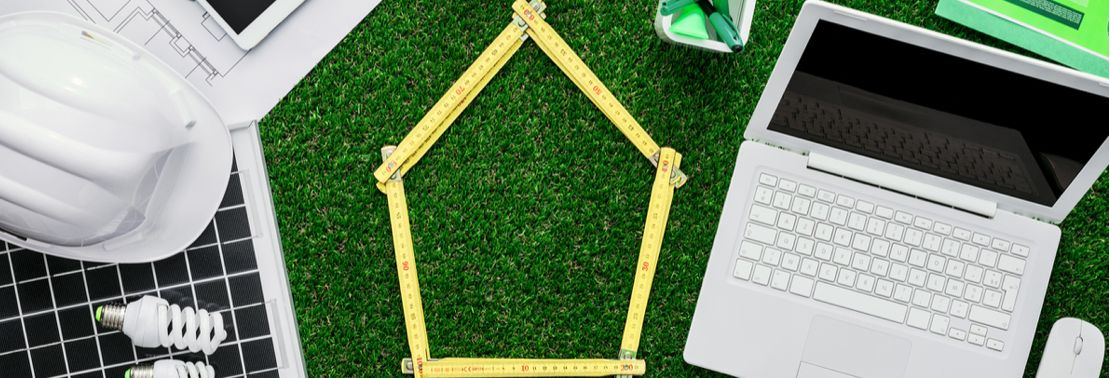




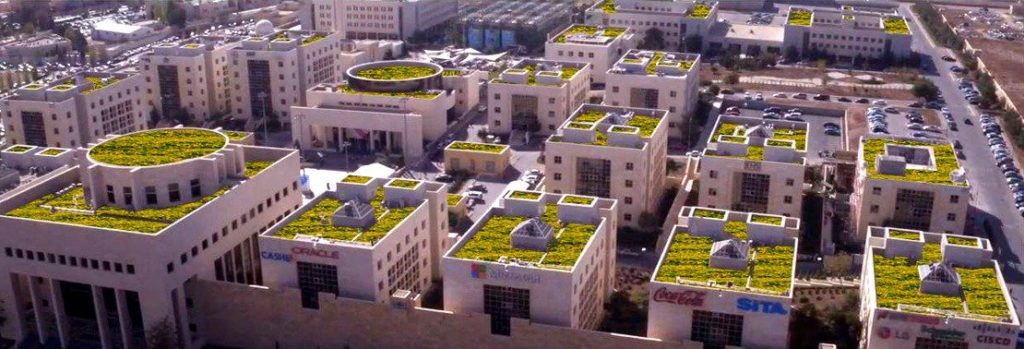




ArchiCGI
Thanks for sharing! https://drawings.archicgi.com/
Quickgunz
Thanks For sharing this USeful info with us